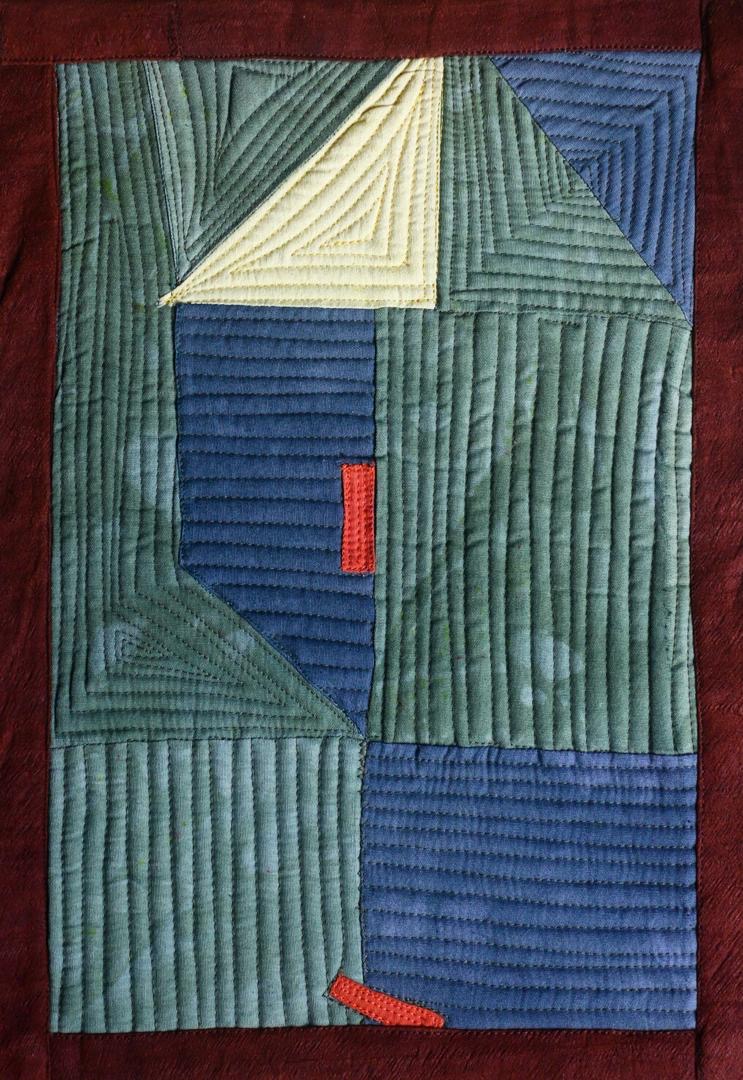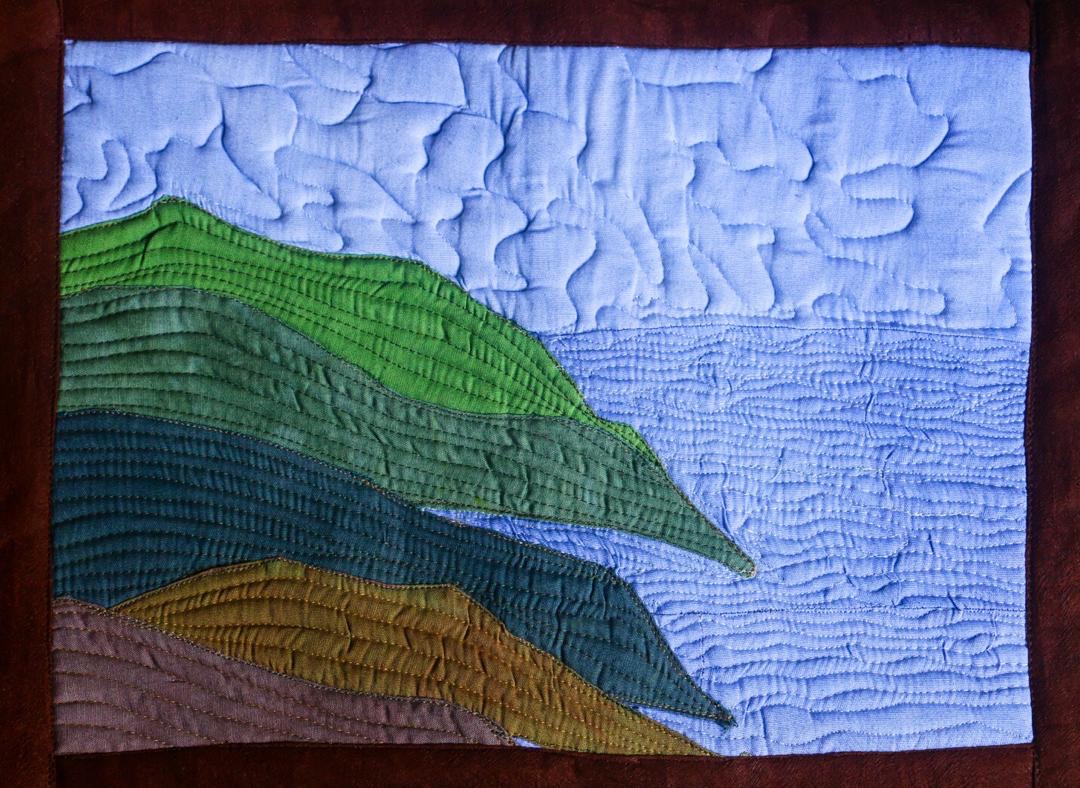‘A Creative Learning Space – Insight into the Nafasi Academy ‘ | Dar es Salaam, Tanzania
EAS correspondent Valerie Amani introduces us to the recently opened Nafasi Academy in Dar es Salaam, Tanzania, at the Nafasi Art Space, a vibrant art centre and platform for artistic exchange where contemporary visual artists and performing artists come together to create, learn, inspire, exhibit and perform.
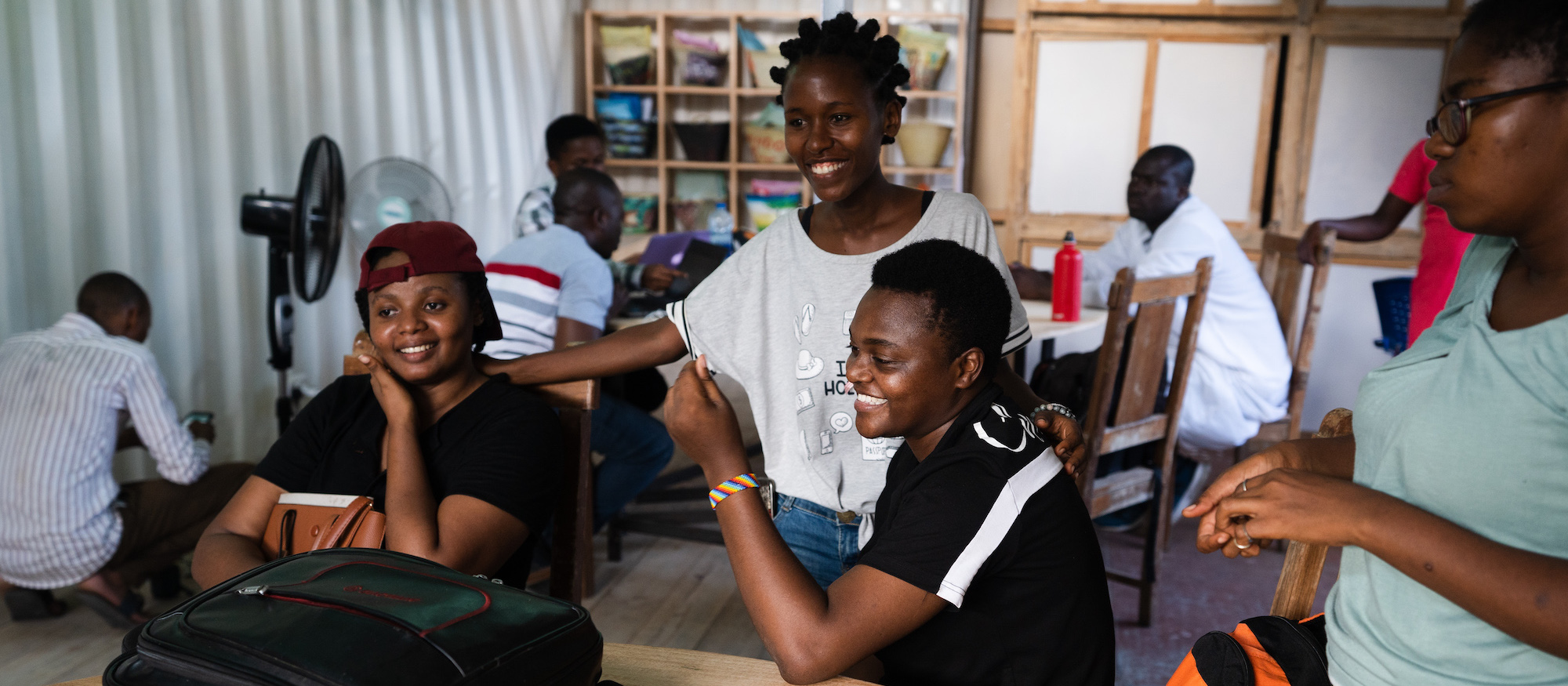
Art education, in my opinion, should serve the purpose of sparking curiosity, encouraging free thought and empowering artists with the tools to speak loud and clearly through what they create. For the young emerging Tanzanian artist, such a space barely existed until February of this year, when Nafasi Academy opened its doors to the first 14 candidates to undergo its fully funded* progressive program.
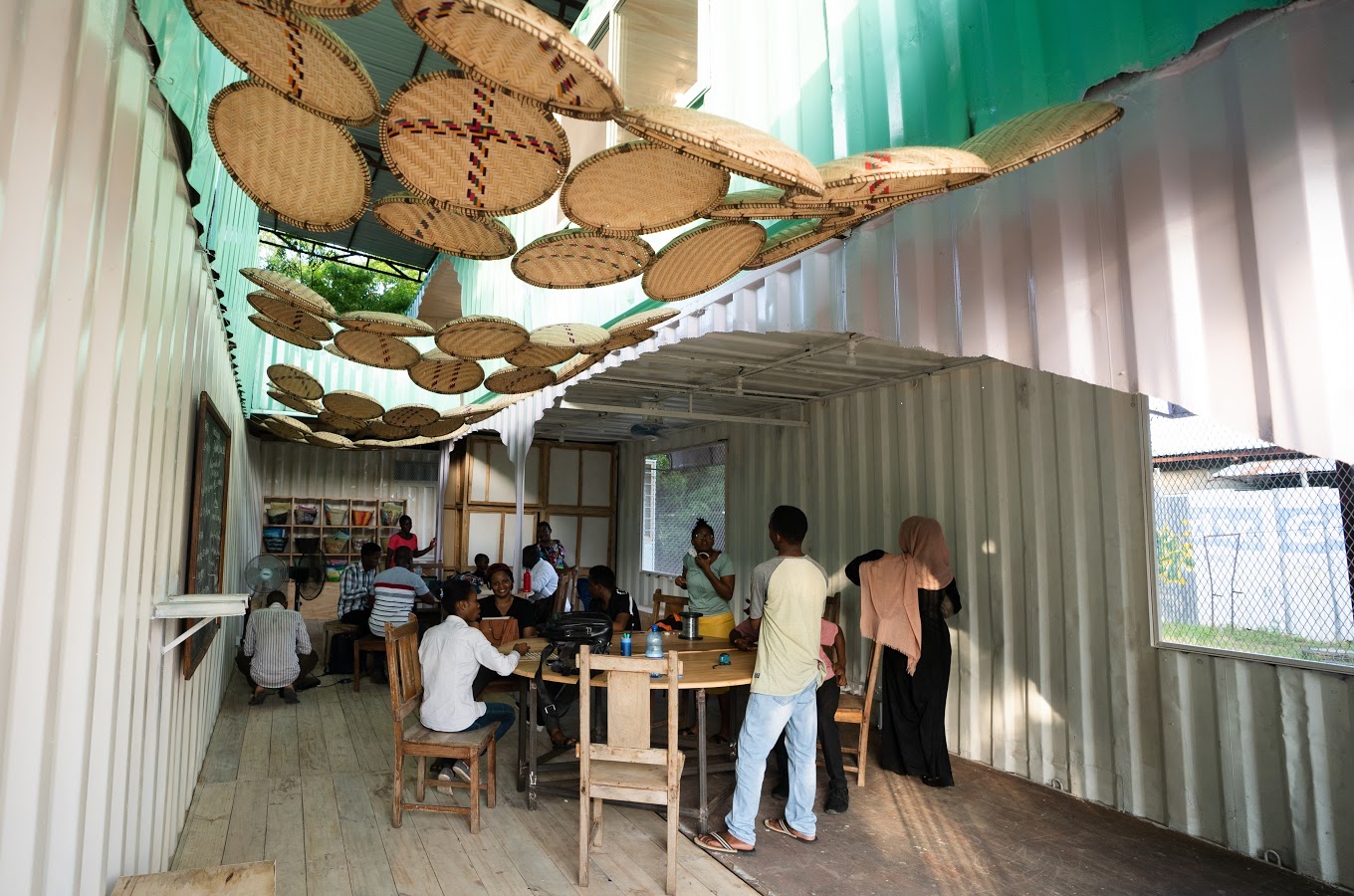
The structure and development of formal art education in Tanzania has a somewhat traditional and rigid approach. The concept of contemporary art itself, within the context of Dar es salaam is very much at a budding stage, still anticipating a bloom. Unlike other art industries around the African continent, that have an abundance of reputable and experimental art training programs, contemporary art education in Tanzania is still fresh clay ready to be molded. Until this year, many young artists who couldn't afford to pursue fine art formally, lacked the resources, support and consistent training to help them further advance their careers.
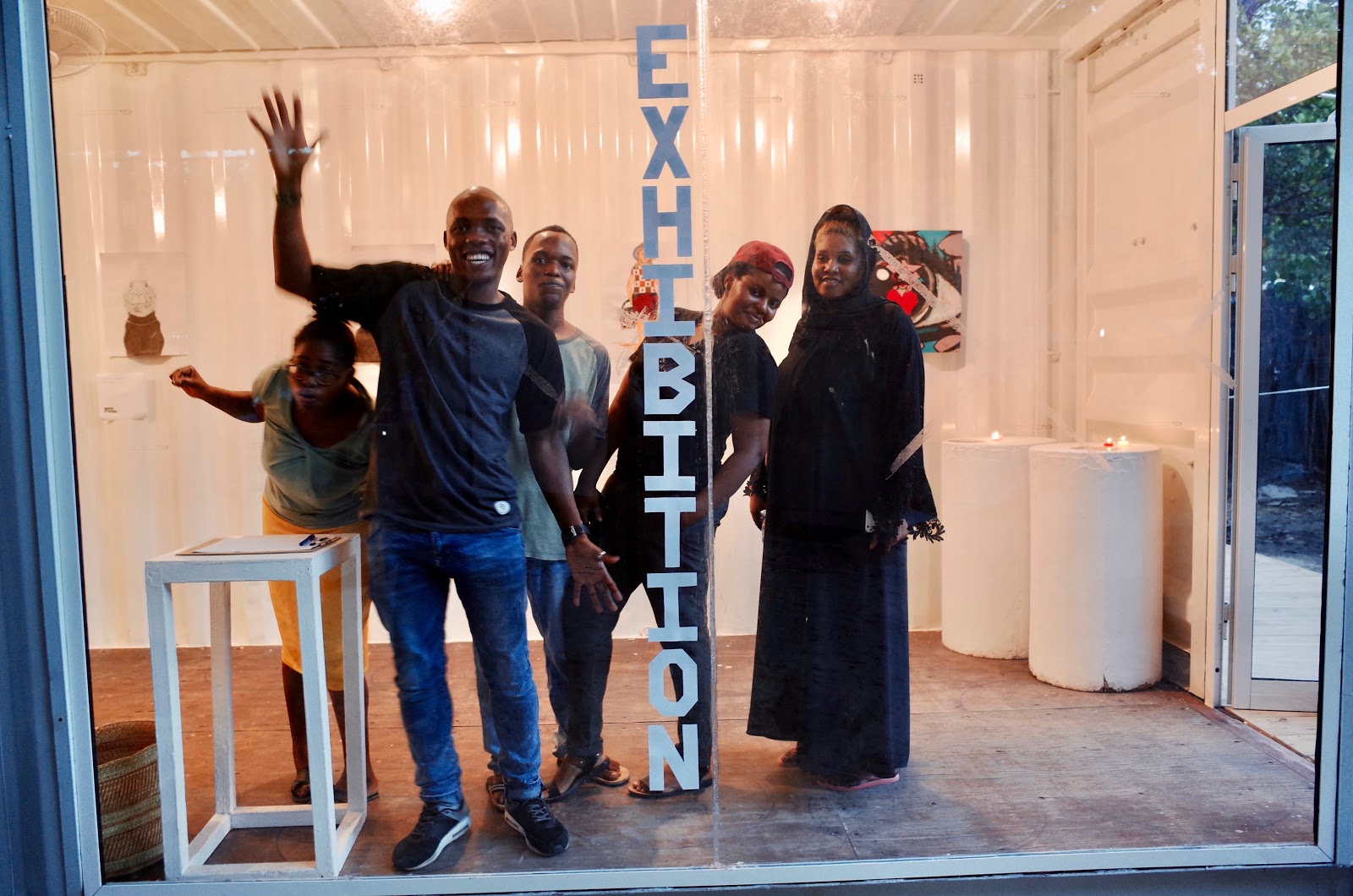
Nafasi Academy openly advocates for free thinking, experimentation and SPACE, departing from the University model that opts to focus traditionally on technique (with a capital T), often leading to technically capable but conceptually lacking artists. Nafasi Art Space director, Rebecca Corey, highlighted this when asked what makes the programe different.
“The curriculum was designed around questions of how art can serve the goal of further enriching human potential. It needed to be community driven, critical and liberatory. It connects artists with one another, asking them to seek freedom and emancipation through art. Freedom to be who they are and say what they want. Free from political, economic and psychological constraints.”

With Tanzania having a recent streak of speech suppression, as a result of the government's various rules and regulations that control content and intimidate media, it is vital to protect the will and necessity of maintaining free thought within the creative sector. Rebecca also adds that the program is process centered - instead of focusing on the outcome, it emphasizes the artistic journey and process. “It is not about learning in a classroom,” she says; it is about “learning from each other and being part of important conversations that are happening within the community and society.”

Having been part of the conceptualization process for many years, I ask Rebecca to highlight her favorite moment so far. She describes the first workshop they had, in which the students were asked the following questions: “What is art? Why does it matter? What is the role of the artist in society?”. I believe every artist should occasionally ask themselves these questions, to bring themselves back to the purpose of their creating.
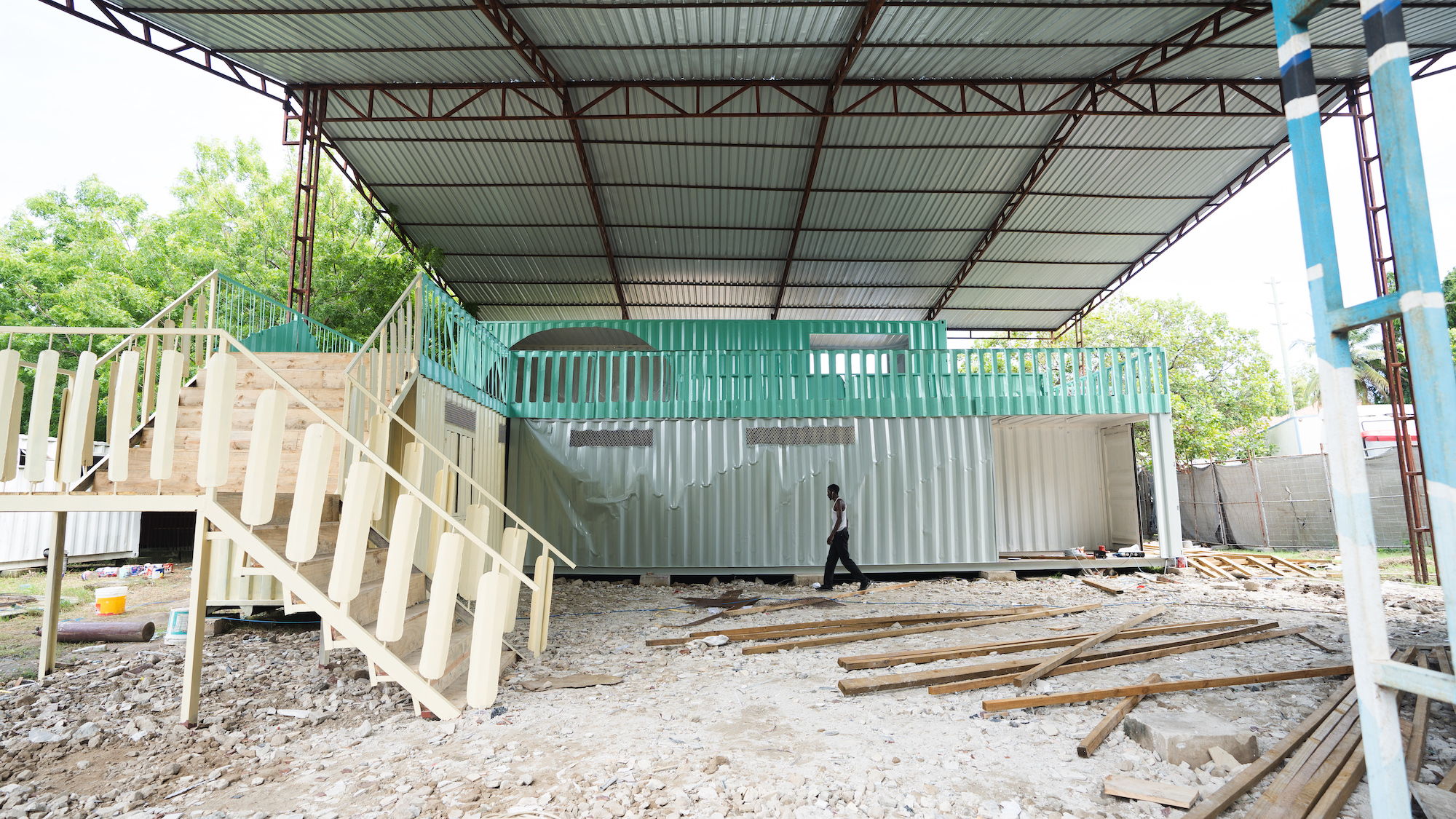
The physical structure of the Academy is an achievement of its own. She describes the joy she felt when the Academy space was finally complete. Using five 40-foot shipping containers, the Academy team and Nafasi staff spent months coming up with the position and orientation of the Academy, having various community input sessions. They worked through twenty different designs, and finally what emerged was a space that incorporates a gallery, an art shop, a workshop space, a library and a performance and outdoor screening space! Phew!
The chosen students consist of young female and male artists, working in a range of media. Out of the fourteen, I asked two to comment on their experiences so far, highlighting in their own words why they applied to the Academy and what encompasses their experience thus far.
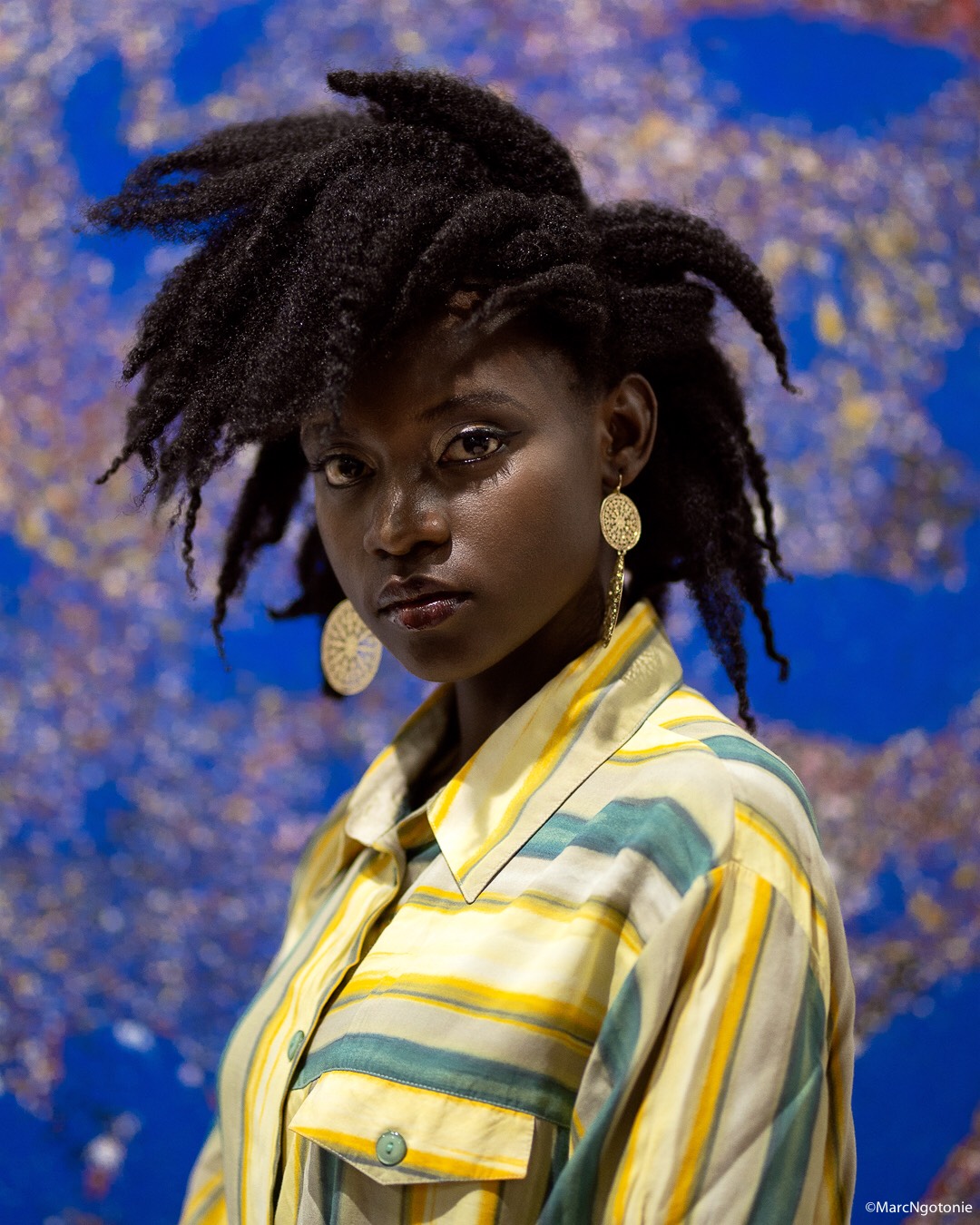
Liberatha Alibalio is a textile artist who is inspired by nature, fabric and culturally traditional societies.
“I applied to Nafasi Academy because I wanted to be a professional artist so bad. The most interesting thing I have learned, besides the history of African art, is concept development. This is very interesting because it gives me a wider understanding of how I can create based on research and use references to make my art stronger.”
On asking about her creative process she said, “When I start creating it is always like a puzzle and I don’t like having the real picture of the result. I enjoy being surprised by my own creativity. When I am done, it gives me a sense of satisfaction and my art surprises me when I look at it and wonder if I did that. It’s like magic and [I] love it!”
[Click on Liberatha's artworks below to see enlarged image] | From Left: Horizon II | Abstract I | Horizon I
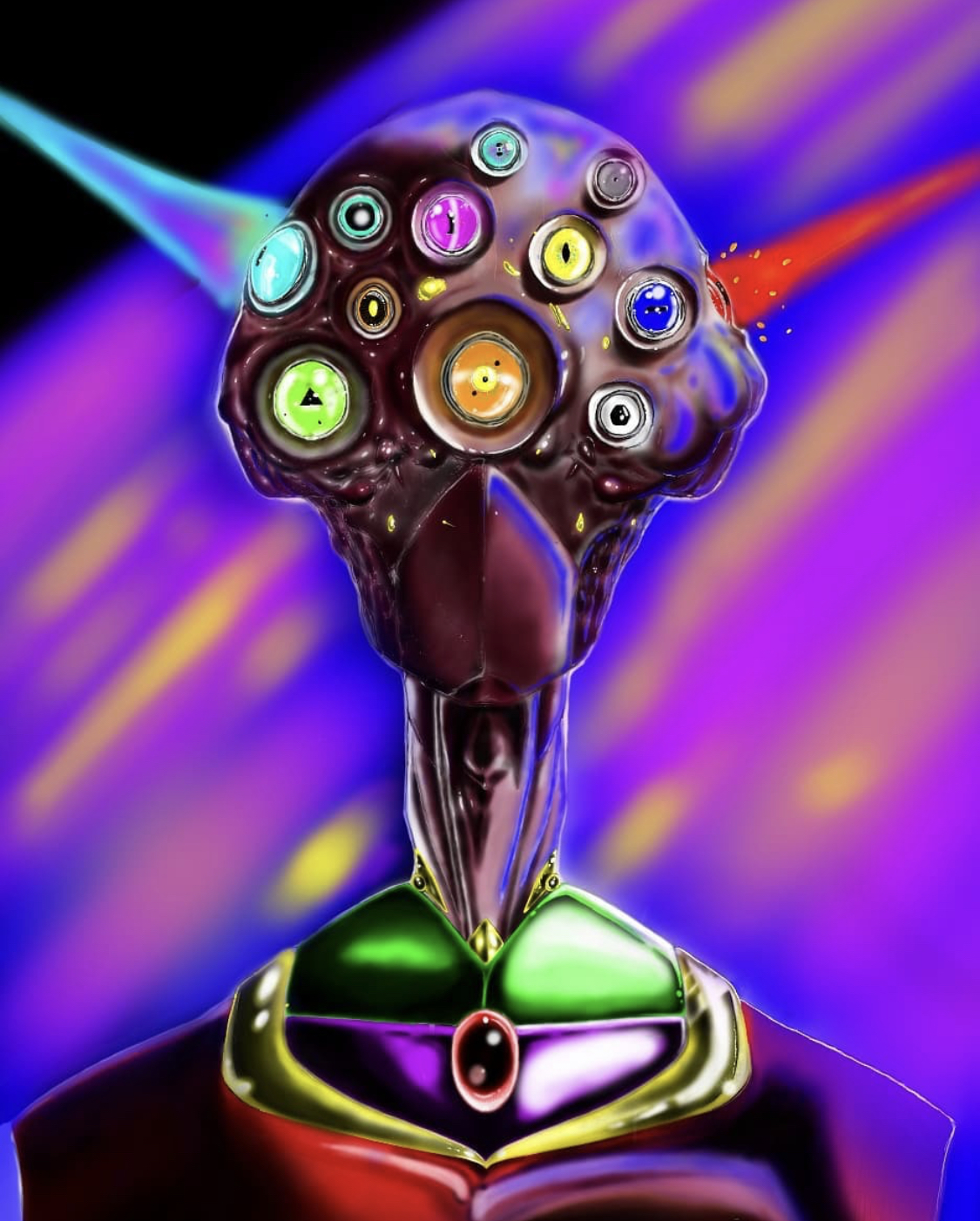
Martin Wendo experiments with sculpture and drawing, creating work that ranges from fantasy to surrealism. He states that he cannot pinpoint what inspires him, but there are many spiritual references in his work.
“I joined Nafasi Academy because I wanted to learn and know more about the art industry. [I wanted] to know other artists so that I could be a better artist and be able to help other artists to learn what I learn. I have learned many things and they are all interesting, but what caught my attention is that our country has one of the oldest drawings ever. It really got my attention! And about African artworks that are outside or are in a place which they aren't supposed to be. It's a big debate, but I hope it ends up with our art coming back.”

Lastly, both Liberatha and Martin think the Academy is important because it is the only art Academy of its kind that exists in Tanzania, that is actively trying to improve contemporary art in the country. It is evident that the enthusiasm they so infectiously carry is synonymously held among all the students.
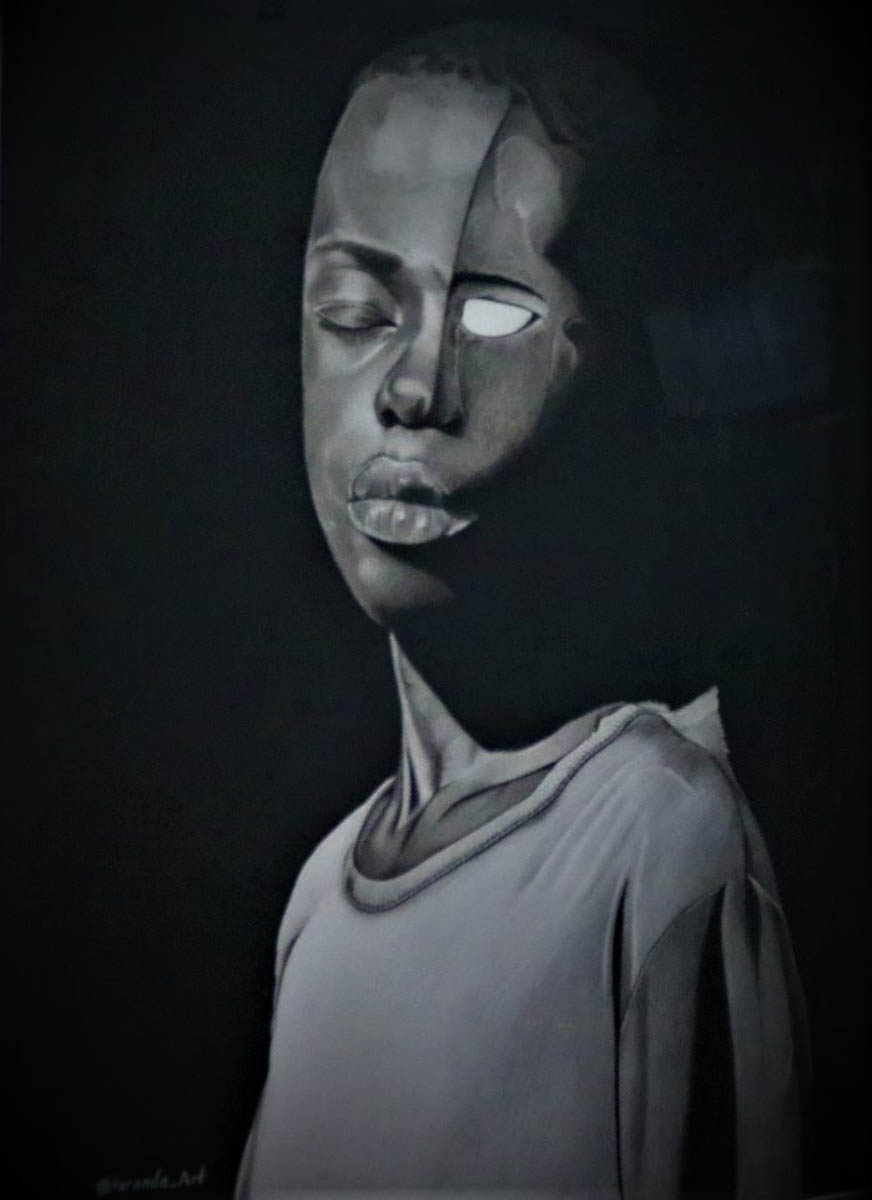
The last few months have brought forth many emotions in all of us as a global community. Revealing more vividly the gaps within our societies and causing visible and invisible wounds within our personal lives. Art and the creative industry have been a cornerstone in providing some sort of escape, or alternative content to the overflow of information regarding the pandemic. Taking this into consideration, it was vital that the Academy, shortly after it opened in February and experienced this setback, kept providing a space of comfort and a space of imagination for the students.
Through the chaos of Covid19, the Academy has continued its classes and workshops online - supporting the students through an online exhibition, virtual artist lectures and sharing sessions. This has all been made possible by the management team and the array of local and international artists that have been willing to contribute to these sessions.

The existence of programs like the Nafasi Academy is a reminder that the purpose of art education is not solely the education itself. It is the experience of learning in an environment that uplifts; it is the building of a supportive community and a space creativity can belong, expand and bloom.
*Funded by the Hivos VOICE grant.
Valerie Amani is an artistic explorer based in Dar es salaam, Tanzania. Her multimedia approach includes incorporating textile, poetry, moving image and digital collage into her work. She has won awards in fashion and has co-authored a book titled Black Amara, a visual and literary journey of love, loss and healing. She experiments with the elements of memory and emotion, her art pieces having narratives around the changing complexities of identity and body, along with the nuances of daily existence through a neo-african feminine lens.
Instagram: @ardonaxela | website: www.valerieamani.com

